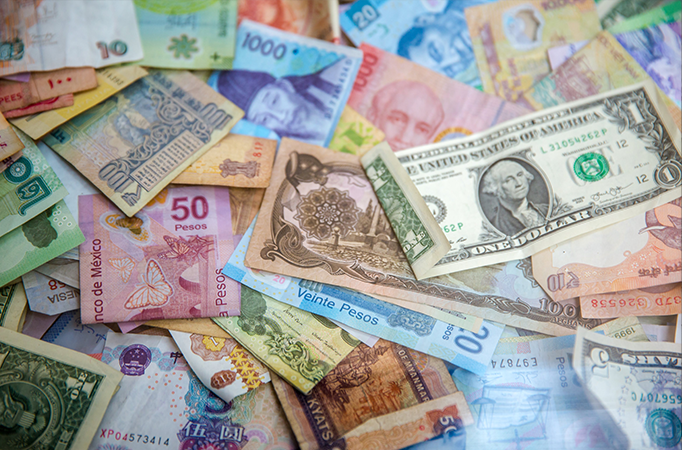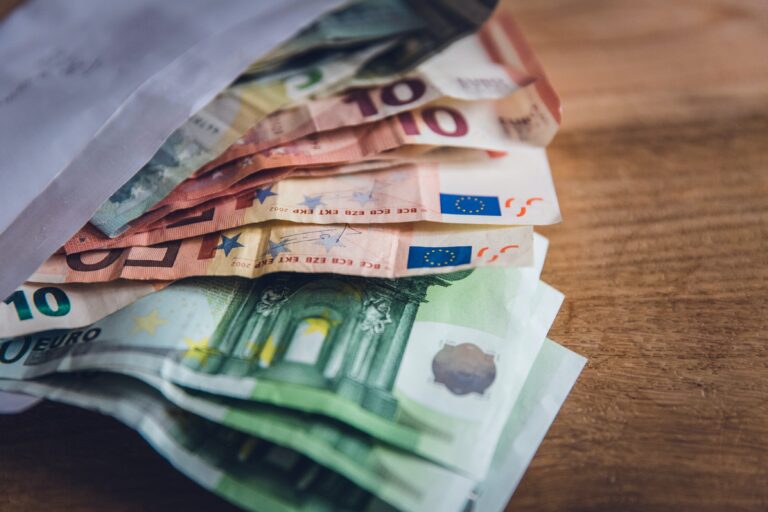
Morning Brief – Canadian Curveball
Canadian Curveball
Canada was one of the first movers globally to raise interest rates in the face of rising inflation. Whilst much of the rest of the world, including the US, the Eurozone and the UK were still sitting on their hands claiming inflation would be transitory, Canada was busy hiking rates. The nature of domestic inflation and this head-start allowed the Bank of Canada to pause its hiking cycle back in January of this year. Not claiming the job was finished, but with significant market expectations that it might be, rates had remained stable since the decision to pause the hiking cycle earlier this year. That was of course until yesterday.
Canada surprised the market yesterday with a decision to hike rates by 25 basis points. That brings the target overnight rate in Canada to 4.75%, rivalling once again some of the highest rates in the developed market currency space. The Loonie (CAD) was unsurprisingly rewarded, trading higher across the board. However, the most interesting consequence of Canada’s surprise hike wasn’t even in Canadian assets yesterday. The most critical ramification could continue to have a significant influence upon assets valuations globally. That impact was and may continue to be upon global interest rates and the shape of yield curves and expected policy paths across developed economies.
Because Canada was seen as ahead of many other economies in its inflation taming quest, it has often been observed as a case study for how inflation may play out in other economies in similar but earlier stages of their hiking cycle. Until the need to hike rates was published by the BoC yesterday, Canada had served as a positive example of inflation being tamed by monetary policy within a relatively short period of time. As a result of yesterday’s hike and the forward guidance that additional hikes may be necessary as soon as July, the fear has grown in markets that monetary policy is proving less effective at taming inflation that central banks would have liked. Consequently, bond prices were undermined globally as the expectation of higher rates for longer was priced in.
Discussion and Analysis by Charles Porter

Related Insights

Daily Brief – Next level
Next level EURUSD has managed a relatively smooth ascent to its current levels, around 1.18. That is despite significant resistance levels, most notably around 1.17. A large collection of option strike prices gathered around this key level and the price history of the pair shows us its significance. Sustained closes above this level since last […]

Daily Brief – A weaker Dollar: Trump vs. Powell
A weaker Dollar: Trump vs. Powell The Dollar continued to lose ground yesterday as the truce between Israel and Iran appeared to continue to hold. There has been a noticeable return to focus upon macro and monetary influences in major currency pairs. Yesterday, Fed Chair Jay Powell provided his semi-annual monetary policy report before the […]

Daily Brief – Whiplash
Whiplash A highly volatile start to yesterday’s trading session saw a flight to safety in markets. Despite the Dollar having lost much of its appeal as a safe haven lately, there was still an identifiable USD bid prior to and during the European open. We have identified recently how markets have clearly differentiated between general […]


